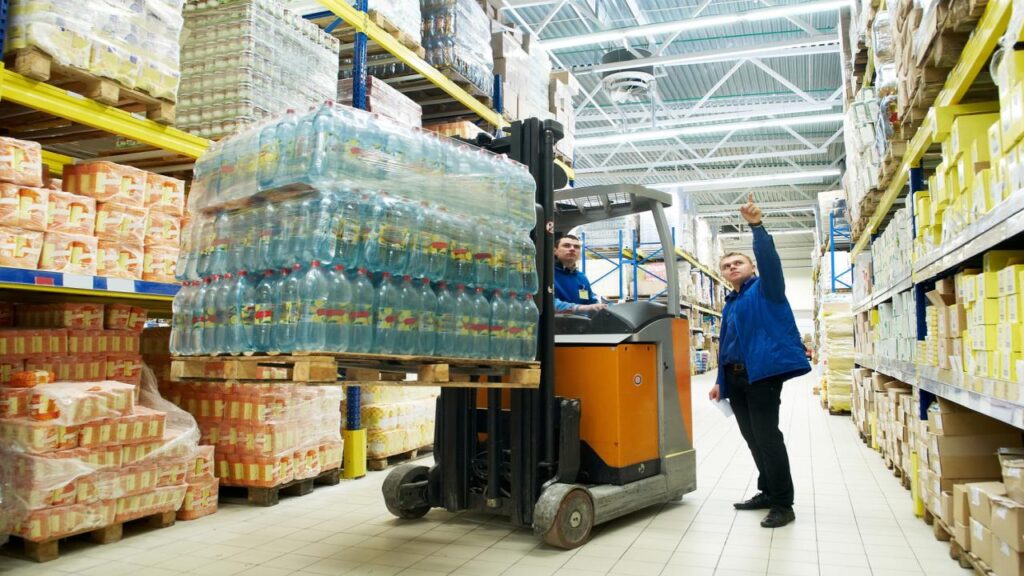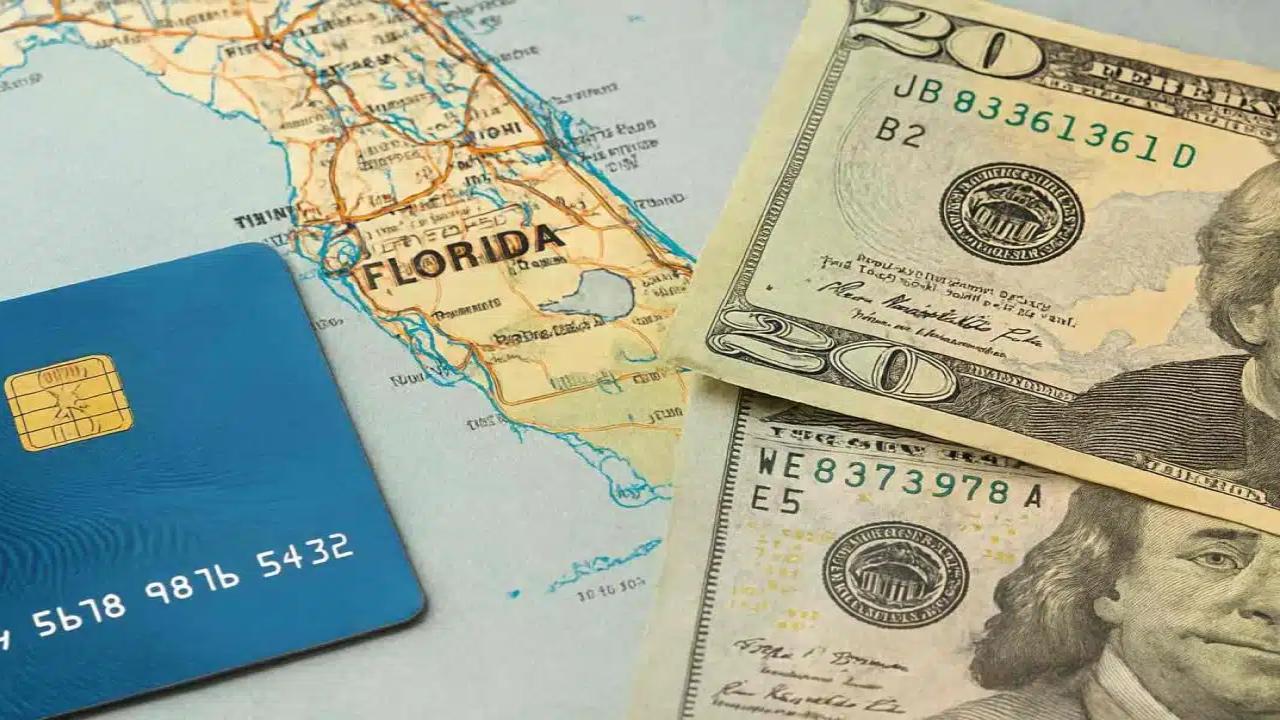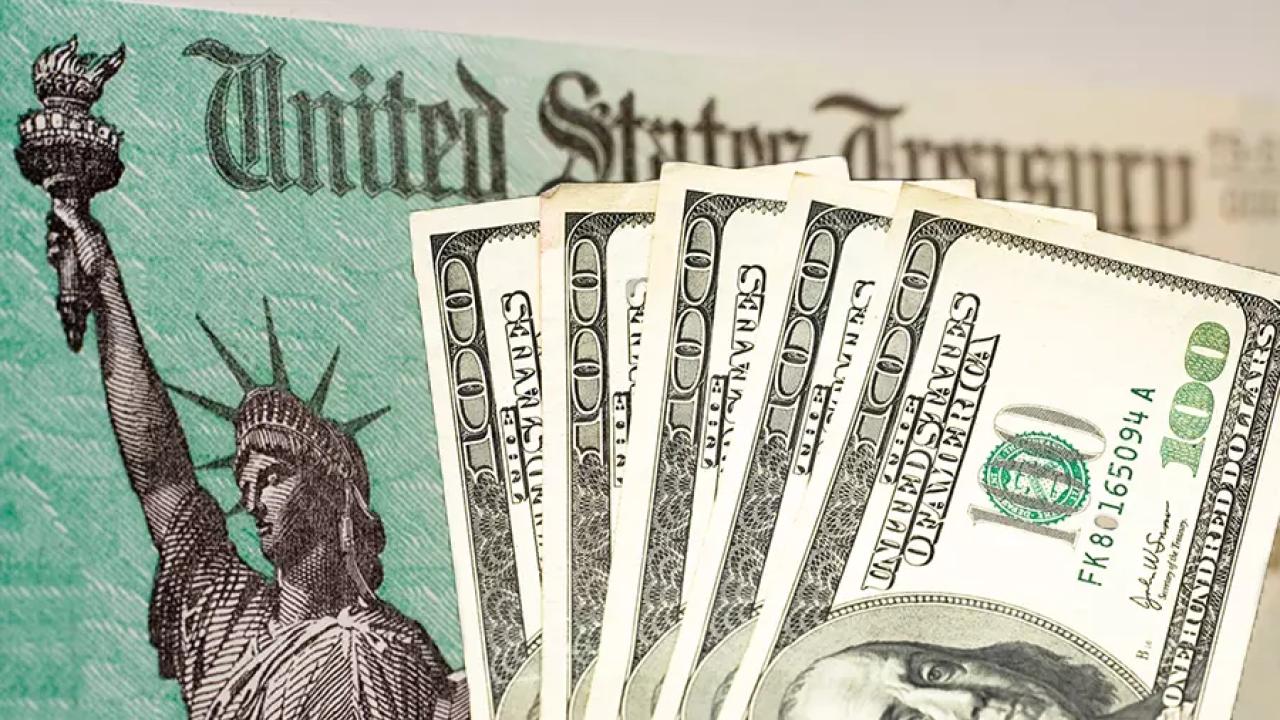If you’ve been checking the headlines lately, you probably saw something that made your wallet do a little happy dance: wholesale prices in the U.S. dropped 0.5% in April 2025—the biggest drop in nearly four years. Awesome, right? But then you walk into the grocery store and bam, your usual haul of milk, eggs, and coffee still hits like a mini heart attack.

So what gives?
If prices are going down for producers, why are regular folks like you and me still paying more at the register? Let’s unpack what’s going on behind the scenes—and why the math isn’t adding up in our favor just yet.
Wholesale Prices Just Dropped
| Key Point | Details |
|---|---|
| Wholesale Price Index (WPI) | Dropped 0.5% in April 2025—largest decline since 2020. |
| Tariffs Remain High | Even after trade deals, U.S. tariffs on imported food remain elevated. |
| Supply Chain Issues | Weather events and transport costs are still impacting prices. |
| Shrinkflation & Greedflation | Brands reducing product size or hiking prices despite lower input costs. |
| Beef & Coffee Crisis | Drought in Texas, Brazil & Vietnam has cut supply, spiking prices. |
| Retail Lag | Grocers still selling inventory bought at earlier, higher prices. |
Even though the wholesale market is cooling down, the grocery store heat hasn’t let up just yet. Tariffs, droughts, shrinkflation, and corporate strategies are all playing a role in keeping your grocery bill bloated. But there’s light at the end of the aisle. With prices easing on the production side, smart shopping and consumer awareness can help you ride out the storm while the market catches up.
Wholesale Prices Dropped—But That’s Only One Piece of the Puzzle
The Producer Price Index (PPI) is one of those big economic indicators that gives us a snapshot of how much businesses are paying to make stuff—everything from frozen peas to pickup trucks. And in April 2025, the PPI took a sharp dip. According to the U.S. Bureau of Labor Statistics, this was the steepest drop since April 2020.
But here’s the kicker: PPI doesn’t always move in sync with the Consumer Price Index (CPI)—aka, what we consumers pay. That’s where the gap lies.
Let’s break down what’s messing with our grocery bills.
High Tariffs = High Prices at Checkout
Even though wholesale prices are down, U.S. tariffs on imported goods remain sky-high, especially on key food products.
In fact, Walmart CFO John David Rainey recently said that tariffs are still “too high” and continue to pressure import costs. And when retailers pay more to bring in items like bananas, rice, or avocados, guess who’s stuck footing the bill? Yep—you and me.
Even with trade deals in motion, those duties aren’t going away overnight.
Weather Woes: Droughts Driving Up Meat & Coffee Prices
Climate and weather events are throwing a wrench into food supply chains.
For example:
- Texas beef producers are struggling due to heat and drought, leading to fewer cattle and higher beef prices.
- In Brazil and Vietnam, dry weather is hammering coffee crops, pushing up prices globally.
So, while it might be cheaper to produce other items, these agricultural hits mean your morning steak and cup of joe are still burning holes in your pocket.
Corporate Profits: Say Hello to ‘Greedflation’
Ever heard of greedflation?
It’s a term economists and analysts use when companies hike up prices just because they can—not necessarily because their costs have gone up. And according to multiple reports, some food companies are padding their profits while we’re busy wondering why cereal costs $6 a box.
In 2023-2024, food corporations posted record profits, even while input costs fell. It’s a strategic move: raise prices, blame inflation, and enjoy the margins.
Shrinkflation: Less Product, Same Price
Here’s another trick being pulled at the grocery store: shrinkflation.
- Chips bags that are lighter.
- Cereal boxes that look the same but hold less.
- Toilet paper rolls that feel… thin.
Instead of visibly raising prices, companies reduce the amount of product while keeping the sticker price the same. It’s sneaky, and it’s everywhere.
So even if prices don’t look higher on paper, you’re still getting less for your buck.
Why Retail Prices Lag Behind Wholesale Drops
You’d think that if wholesale prices dropped today, retail prices would follow suit tomorrow. But unfortunately, it doesn’t work like that.
Here’s why:
- Grocery stores still have old inventory bought at higher prices.
- Supply chain contracts may lock in pricing for months.
- Big-box retailers often test consumer tolerance before adjusting prices.
So it takes time—weeks or even months—for those cost cuts to show up at your neighborhood store.
Example: Egg prices remained high in April 2025 even though bird flu outbreaks had dropped and feed costs were down.
Other Sneaky Factors Keeping Food Expensive
- Labor shortages in packaging and transportation
- Fuel costs for moving goods across the U.S.
- Retailers buffering against future inflation
Even as some costs go down, companies build in buffers so they don’t get hit hard the next time something like COVID or a global war disrupts things again.
So When Will Grocery Prices Actually Fall?
Great question. Here’s what we know:
- If wholesale prices continue to drop, we could start seeing savings trickle down by mid to late summer 2025.
- Consumers need to stay vocal and aware, calling out shrinkflation or corporate pricing when possible.
- Experts recommend shopping smarter—switching brands, buying in bulk, and looking for discount grocers or farmer’s markets.
Real change will come when retailers and producers feel the pressure from both falling costs and consumer pushback.
FAQs – Wholesale Prices vs Grocery Prices
Q1: What is the Producer Price Index (PPI)?
A: The PPI measures the average change over time in the prices domestic producers receive for their output. It gives a snapshot of how much businesses pay to make goods.
Q2: Why are prices still high if wholesale costs are down?
A: Because of high tariffs, weather disruptions, shrinkflation, profit-padding by companies, and delayed retail price adjustments.
Q3: When will grocery prices go down?
A: It may take several months, but signs point to possible easing by late 2025—depending on continued drops in wholesale costs and supply chain recovery.
Q4: What can I do to save money right now?
A: Buy store brands, avoid shrinkflated products, use coupons, and look for wholesale clubs or local food co-ops.
Q5: Are all food prices going up?
A: No. Some items like processed grains or frozen veggies have stabilized or dipped slightly. Meat, dairy, and imported goods remain high.










